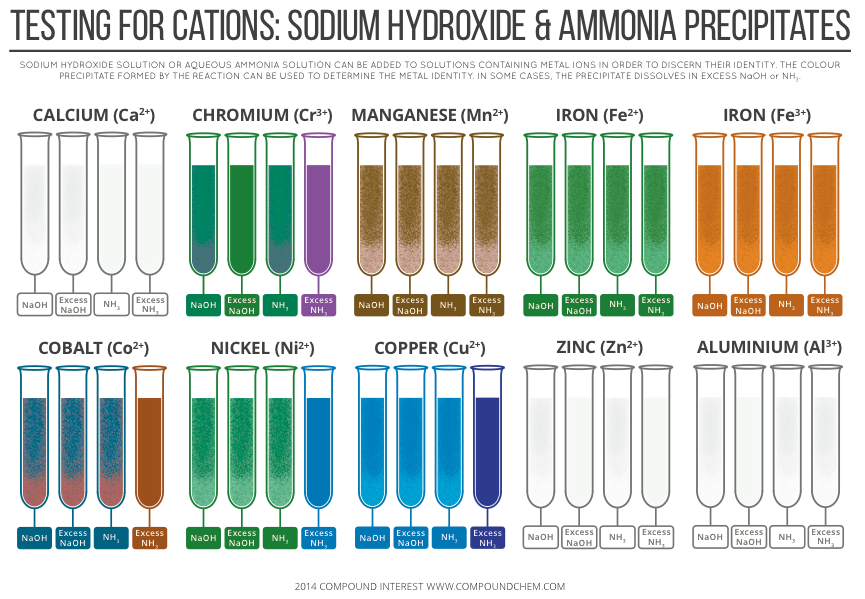

#PREDICT THE PRECIPITATE THAT FORMS WHEN AQUEOUS PLUS#
And what is left is barium two plus reacting with carbonate to minus producing barium carbonate solid as our precipitate. When two ammonium nitrate separate, the nitrates are common to both sides. Barium carbonate stays together and then we get to ammonium zand to nitrates. When barium nitrate separates we get one barium to nitrates. But then to balance it we've got to ammonium is to nitrates So we're gonna need to put it to their one barium one carbonate. And when the Catalan switch places, barium carbonate is a potential product and according to the scalability rules this is insoluble. We have ammonium carbonate reacting with barium nitrate. Because there is no precipitate that is formed for part C. But there is no net ionic equation for part B.

We simply need to put it to in front of the sodium chloride and potassium chloride. So we need to potassium for every sulfate and according to sally ability rules both of these are soluble because they are both soluble, they are both Aquarius and no reaction occurs because no precipitate occurs to balance it. According to sally ability rules this is soluble so it will stay as Aquarius. So we just need one of each of them in the correct chemical formula. If the cat eye on switch places than sodium will combine with chloride, sodium has a plus one charge, chloride has a one minus charge. Now, for part B we have potassium chloride reacting with sodium sulfate. And what is left is now our net ionic equation three moles calcium two plus react with two moles phosphate, three minus to produce calcium phosphate. Six moles are comment to both sides so we'll cancel these ions. We then see that potassium six moles and chloride. The calcium phosphates is solid so it stays together and the six moles potassium chloride will separate into six molds, potassium and six months chloride. The next step is to separate the ions from the ionic compounds to create the ionic equation, the complete ionic equation, calcium chloride, three moles of it will separate into three most calcium and six months chloride, potassium phosphate, two moles of it will separate into six moles, potassium and two moles phosphate. That gives us six potassium and six chlorides. So let's now put a two in front of the potassium phosphate. So let's start by putting a three on the calcium.

We have to calcium, one, sorry, 3 calcium and one calcium. We have three potassium and one potassium. But now we need to balance the chemical reaction.

The next product would be potassium react or combining with chloride. So to get a neutral compound, we're going to need three calcium and to phosphates according to the soluble itty rules found in section 43 This is insoluble so we'll write it as a solid. So if we have calcium chloride reacting with potassium phosphate, one potential product will be potassium going with chloride and then calcium going with phosphate, calcium has the two plus charge, phosphate has a three minus charge. To identify the potential products, you simply switch the cat eye on places. A reaction will only occur if one of the potential products is insoluble. So for this question, you first need to identify if a reaction even occurs By using the cell ability rules found in Section 43. To get the complete ionic equation, then cancel the spectator ions and what is left over will be the net ionic equation. one balance it, then separate everything into ions. It's helpful to first write the complete Molecular or complete formula equation.


 0 kommentar(er)
0 kommentar(er)
